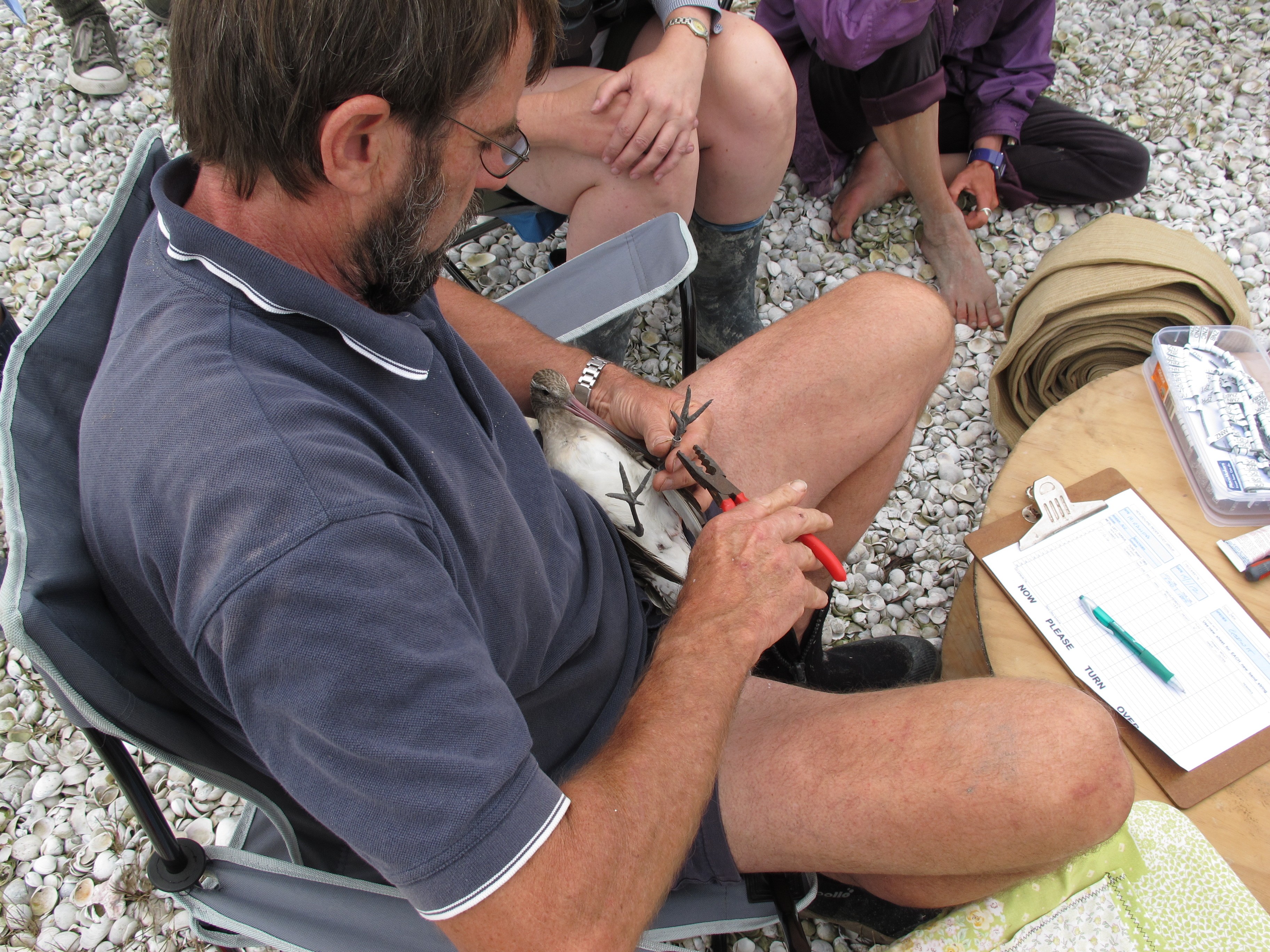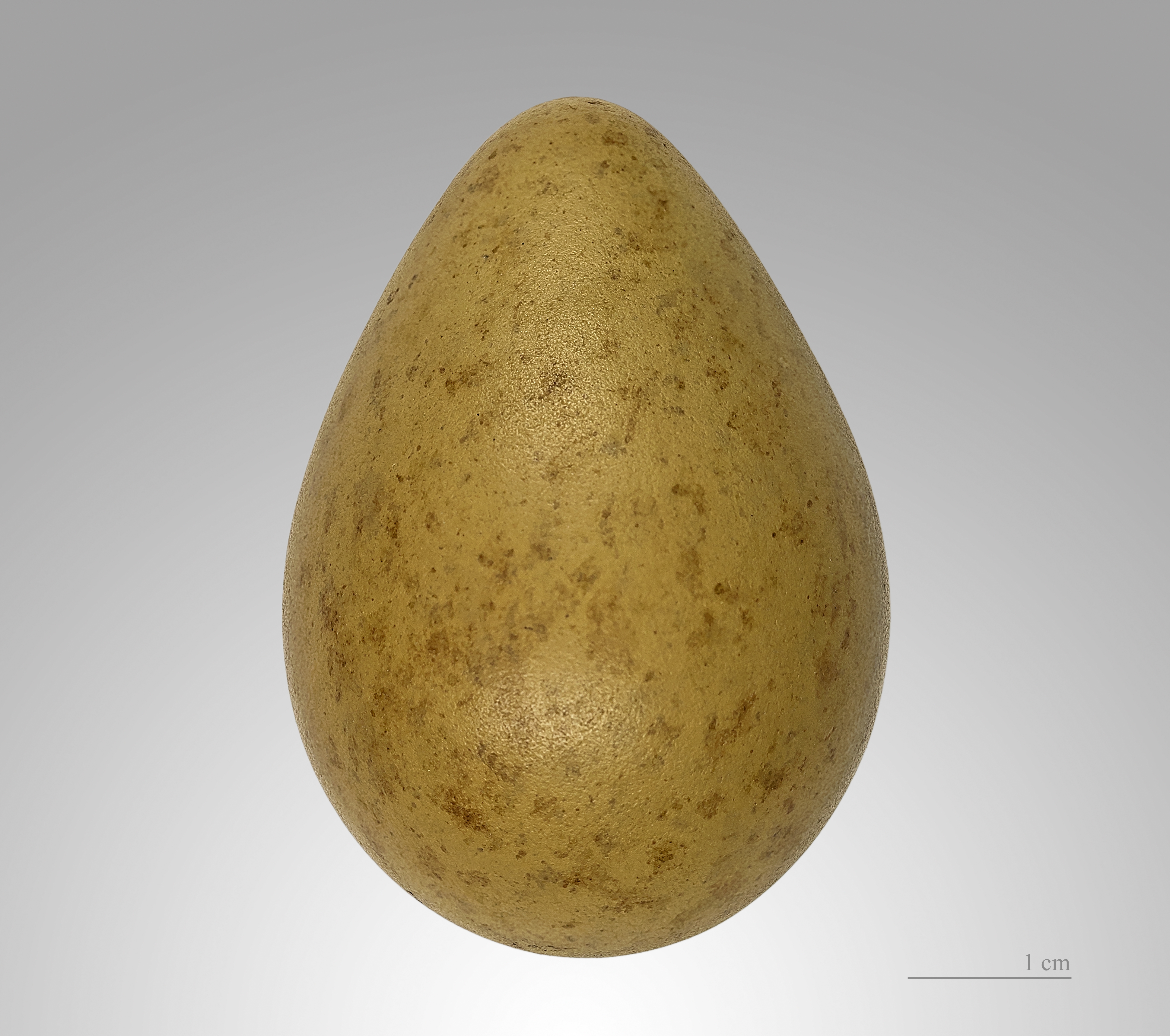|
Limosa
Godwits are a group of four large, long-billed, long-legged and strongly migratory waders of the bird genus ''Limosa''. Their long bills allow them to probe deeply in the sand for aquatic worms and molluscs. In their winter range, they flock together where food is plentiful. They frequent tidal shorelines, breeding in northern climates in summer and migrating south in winter. A female bar-tailed godwit made a flight of 29,000 km (18,000 mi), flying of it without stopping. In 2020 a male bar-tailed godwit flew about non-stop in its migration from Alaska to New Zealand, previously a record for avian non-stop flight. In October 2022, a 5 month old, male bar-tailed godwit was tracked from Alaska to Tasmania, a trip that took 11 days, and recorded a non-stop flight of . The godwits can be distinguished from the curlews by their straight or slightly upturned bills, and from the dowitchers by their longer legs. The winter plumages are fairly drab, but three species have r ... [...More Info...] [...Related Items...] OR: [Wikipedia] [Google] [Baidu] |
Bar-tailed Godwit
The bar-tailed godwit (''Limosa lapponica'') is a large and strongly migratory wader in the family Scolopacidae, which feeds on bristle-worms and shellfish on coastal mudflats and estuaries. It has distinctive red breeding plumage, long legs, and a long upturned bill. Bar-tailed godwits breed on Arctic coasts and tundra from Scandinavia to Alaska, and overwinter on coasts in temperate and tropical regions of Australia and New Zealand. The migration of the subspecies ''Limosa lapponica baueri'' across the Pacific Ocean from Alaska to New Zealand is the longest known non-stop flight of any bird, and also the longest journey without pausing to feed by any animal. The round-trip migration for this subspecies is over . Taxonomy The bar-tailed godwit was formally described by the Swedish naturalist Carl Linnaeus in 1758 in the tenth edition of his ''Systema Naturae'' under the binomial name ''Scolopax limosa''. It is now placed with three other godwits in the genus '' Limosa'' th ... [...More Info...] [...Related Items...] OR: [Wikipedia] [Google] [Baidu] |
Limosa Lapponica
The bar-tailed godwit (''Limosa lapponica'') is a large and strongly migratory wader in the family (biology), family Scolopacidae, which feeds on Polychaete, bristle-worms and shellfish on coastal mudflats and Estuary, estuaries. It has distinctive red breeding plumage, long legs, and a long upturned bill. Bar-tailed godwits breed on Arctic coasts and tundra from Scandinavia to Alaska, and overwinter on coasts in temperate and tropical regions of Australia and New Zealand. The Bird migration, migration of the subspecies ''Limosa lapponica baueri'' across the Pacific Ocean from Alaska to New Zealand is the longest known non-stop flight of any bird, and also the longest journey without pausing to feed by any animal. The round-trip migration for this subspecies is over . Taxonomy The bar-tailed godwit was Species description, formally described by the Swedish naturalist Carl Linnaeus in 1758 in the 10th edition of Systema Naturae, tenth edition of his ''Systema Naturae'' under the bi ... [...More Info...] [...Related Items...] OR: [Wikipedia] [Google] [Baidu] |
Black-tailed Godwit
The black-tailed godwit (''Limosa limosa'') is a large, long-legged, long-billed shorebird first described by Carl Linnaeus in 1758. It is a member of the godwit genus, '' Limosa''. There are four subspecies, all with orange head, neck and chest in breeding plumage and dull grey-brown winter coloration, and distinctive black and white wingbar at all times. Its breeding range stretches from Iceland through Europe and areas of central Asia. Black-tailed godwits spend (the northern hemisphere) winter in areas as diverse as the Indian subcontinent, Australia, New Zealand, western Europe and west Africa. The species breeds in fens, lake edges, damp meadows, moorlands and bogs and uses estuaries, swamps and floods in (the northern hemisphere) winter; it is more likely to be found inland and on freshwater than the similar bar-tailed godwit. The world population is estimated to be 634,000 to 805,000 birds and is classified as Near Threatened. The black-tailed godwit is the national bird ... [...More Info...] [...Related Items...] OR: [Wikipedia] [Google] [Baidu] |
Limosa Limosa
The black-tailed godwit (''Limosa limosa'') is a large, long-legged, long-billed shorebird first described by Carl Linnaeus in 1758. It is a member of the godwit genus, ''Limosa''. There are four subspecies, all with orange head, neck and chest in breeding plumage and dull grey-brown winter coloration, and distinctive black and white wingbar at all times. Its breeding range stretches from Iceland through Europe and areas of central Asia. Black-tailed godwits spend (the northern hemisphere) winter in areas as diverse as the Indian subcontinent, Australia, New Zealand, western Europe and west Africa. The species breeds in fens, lake edges, damp meadows, moorlands and bogs and uses estuaries, swamps and floods in (the northern hemisphere) winter; it is more likely to be found inland and on freshwater than the similar bar-tailed godwit. The world population is estimated to be 634,000 to 805,000 birds and is classified as Near Threatened. The black-tailed godwit is the national bird o ... [...More Info...] [...Related Items...] OR: [Wikipedia] [Google] [Baidu] |
Limosa Haemastica
The Hudsonian godwit (''Limosa haemastica'') is a large shorebird in the sandpiper family, Scolopacidae. It is a long distance migratory species that breeds at remote sites in northern Canada and winters in southern South America. The genus name ''Limosa'' is from Latin and means "muddy", from ''limus'', "mud". The specific ''haemastica'' is from Ancient Greek and means "bloody".The English term "godwit" is believed to imitate the bird's call. Taxonomy The Hudsonian godwit was formally described in 1758 by the Swedish naturalist Carl Linnaeus in the tenth edition of his ''Systema Naturae''. He placed it in the genus '' Scolopax'' and coined the binomial name ''Scolopax haemastica''. Linnaeus based his entry on the "red-breasted godwit" that had been described and illustrated in 1750 by the English naturalist George Edwards in the third volume of his ''A Natural History of Uncommon Birds''. Edwards had obtained a specimen that had been collected in the Hudson Bay region of Cana ... [...More Info...] [...Related Items...] OR: [Wikipedia] [Google] [Baidu] |
Marbled Godwit
The marbled godwit (''Limosa fedoa'') is a large migratory shorebird in the family Scolopacidae. On average, it is the largest of the four species of godwit. Taxonomy In 1750 the English naturalist George Edwards included an illustration and a description of the marbled godwit in the third volume of his ''A Natural History of Uncommon Birds''. He used the English name "The Greater American Godwit". Edwards based his hand-coloured etching on a preserved specimen that had been brought to London from the Hudson Bay area of Canada by James Isham. When in 1758 the Swedish naturalist Carl Linnaeus updated his ''Systema Naturae'' for the tenth edition, he placed the marbled godwit with godwits and ibises in the genus '' Scolopax''. Linnaeus included a brief description, coined the binomial name ''Scolopax fedoa'' and cited Edwards' work. The marbled godwit is now placed in the genus '' Limosa'' that was introduced in 1760 by the French zoologist Mathurin Jacques Brisson. The genus na ... [...More Info...] [...Related Items...] OR: [Wikipedia] [Google] [Baidu] |
Bird Migration
Bird migration is a seasonal movement of birds between breeding and wintering grounds that occurs twice a year. It is typically from north to south or from south to north. Animal migration, Migration is inherently risky, due to predation and mortality. The Arctic tern holds the long-distance migration record for birds, travelling between Arctic breeding grounds and the Antarctic each year. Some species of Procellariiformes, tubenoses, such as albatrosses, circle the Earth, flying over the southern oceans, while others such as Manx shearwaters migrate between their northern breeding grounds and the southern ocean. Shorter migrations are common, while longer ones are not. The shorter migrations include altitudinal migrations on mountains, including the Andes and Himalayas. The timing of migration seems to be controlled primarily by changes in day length. Migrating birds navigate using celestial cues from the Sun and stars, the Earth's magnetic field, and mental maps. Histor ... [...More Info...] [...Related Items...] OR: [Wikipedia] [Google] [Baidu] |
Curlew
The curlews () are a group of nine species of birds in the genus ''Numenius'', characterised by their long, slender, downcurved bills and mottled brown plumage. The English name is imitative of the Eurasian curlew's call, but may have been influenced by the Old French ''corliu'', "messenger", from ''courir'', "to run". It was first recorded in 1377 in William Langland, Langland's Piers Plowman "''Fissch to lyue in þe flode..Þe corlue by kynde of þe eyre''". In Europe, "curlew" usually refers to one species, the Eurasian curlew (''Numenius arquata''). Description They are one of the most ancient lineages of Scolopacidae, scolopacid waders, together with the godwits which look similar but have straight bills. Curlews feed on mud or very soft ground, searching for worms and other invertebrates with their long bills. They will also take crabs and similar items. Distribution Curlews enjoy a worldwide distribution. Most species exhibit strong migratory habits and consequentl ... [...More Info...] [...Related Items...] OR: [Wikipedia] [Google] [Baidu] |





